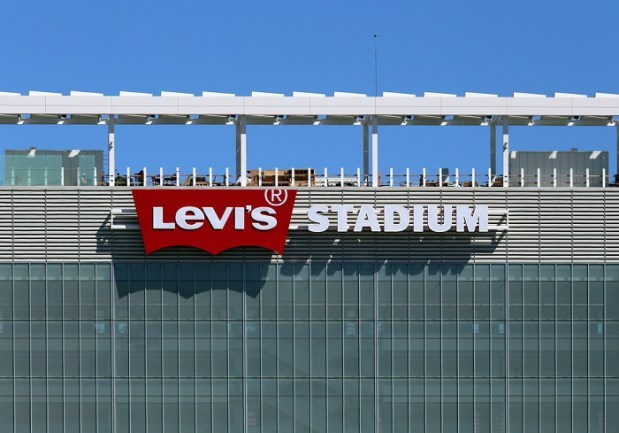Forget Denver And Carolina — IoT Has Already Won Super Bowl 50

While Super Bowl 50 will be decided by the play on the field, come Sunday, both teams will have relied on game film, data analysis and handheld tablets to help them plan their strategies. However, this might be the first Super Bowl where the fans in the stands have access to more high-tech options than their teams on the gridiron.
First, the 70,000-odd fans who pack themselves into Santa Clara’s Levi’s Stadium are going to experience the best that the National Football League has to offer in terms of in-seat entertainment. Aside from the product on the field, Al Guido, COO for the San Francisco 49ers, explained to Mobile Sports Report that each seat in the stadium has been equipped with DAS antennas to increase reception and signal accuracy, and it’s this feature that will allow fans to order and receive beverages without missing a second of the game.
Via the official Super Bowl 50 app developed by VenueNext, which also developed the 49ers’ own app for regular season home games at Levi’s Stadium, fans will be able to place and schedule orders for specific times. While the 49ers also delivered food straight to fans’ seats during the regular season, Guido explained that the team and NFL league offices decided to suspend that feature as a way to avoid line overcrowding and long wait times.
“It was a risk-reward decision about the amount of fan education needed,” Guido told Mobile Sports Report. “There’s so much going on at a Super Bowl and so many people new to the stadium that it didn’t seem worth it to us to risk someone not getting an order delivered because of their error or our error.”
Fans aren’t completely in the dark if they want Super Bowl concessions without waiting in 100-yard lines. A floor-to-ceiling beacon network was one of the first high-tech installments in Levi’s Stadium, and it’ll be taxed to its limit as fans use the navigational capabilities to not only identify but guide themselves to concession stands and bathrooms with the shortest lines in real time. This might seem like a minor benefit, but in an event like the Super Bowl that attracts fans from across the country who may not be familiar with the hosting stadium, a step-by-step beacon navpoint system can be a lifesaver, especially after a whole day of tailgating has left some fans’ minds and bearings somewhat muddied.
And while fans might see these high-tech developments as gimmicks that are only rolled out during high-profile events like the Super Bowl, Mark Williams, principal and director of sports and entertainment business development at stadium design firm HKS, told Curbed that Levi’s Stadium is more likely the pioneering example of how sports arenas will be designed well into the future.
“I always use the Roman Colosseum to [Green Bay, Wisconsin’s] Lambeau Field comparison,” Williams said. “In a lot of ways, they’re not very different. For centuries, we’ve built stadiums with a field, a few seating rings, space for concessions and a support space behind it. In the last few decades, we’ve updated that concept and built stadiums that are high-performance machines.”
If the in-stadium football experience is getting its fair share of high-tech advancements, the at-home audience isn’t being left out of the loop. In fact, Amazon and Domino’s announced a partnership Wednesday (Feb. 3) that will let fans use their voice-activated Echo devices to seamlessly order pizzas with nothing more than a simple command. After setting the feature up through the Alexa app, users simply say what they want and hear back real-time updates on their orders as they occur.
“Domino’s is the first in the pizza and quick service restaurant industries to have an Amazon Alexa skill,” Dennis Maloney, vice president and chief digital officer at Domino’s, said in a statement. “We’re extremely proud to be the only restaurant company in the U.S. that gives customers the ability to order via emoji, Twitter, text, smart TV and now Amazon Echo.”
The Internet of Things is changing the way fans watch football so fast that pretty soon it might be the players on the field who are the only ones not glued to a second screen.
